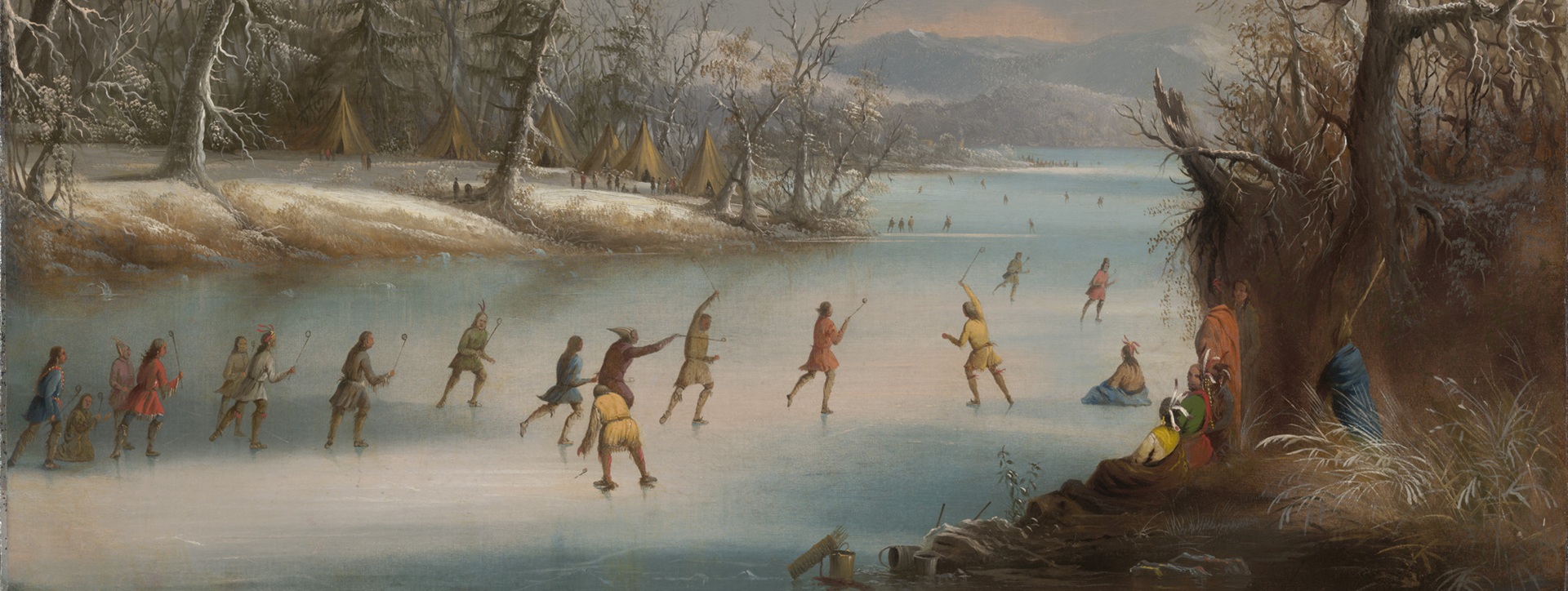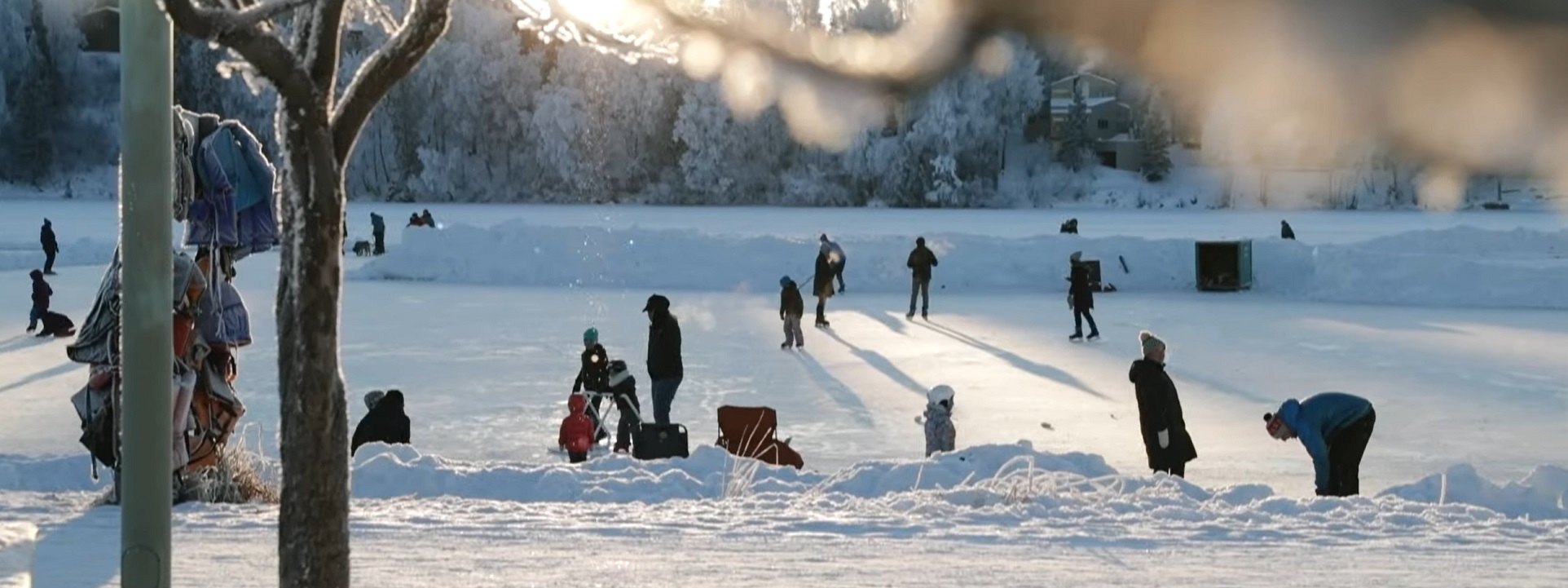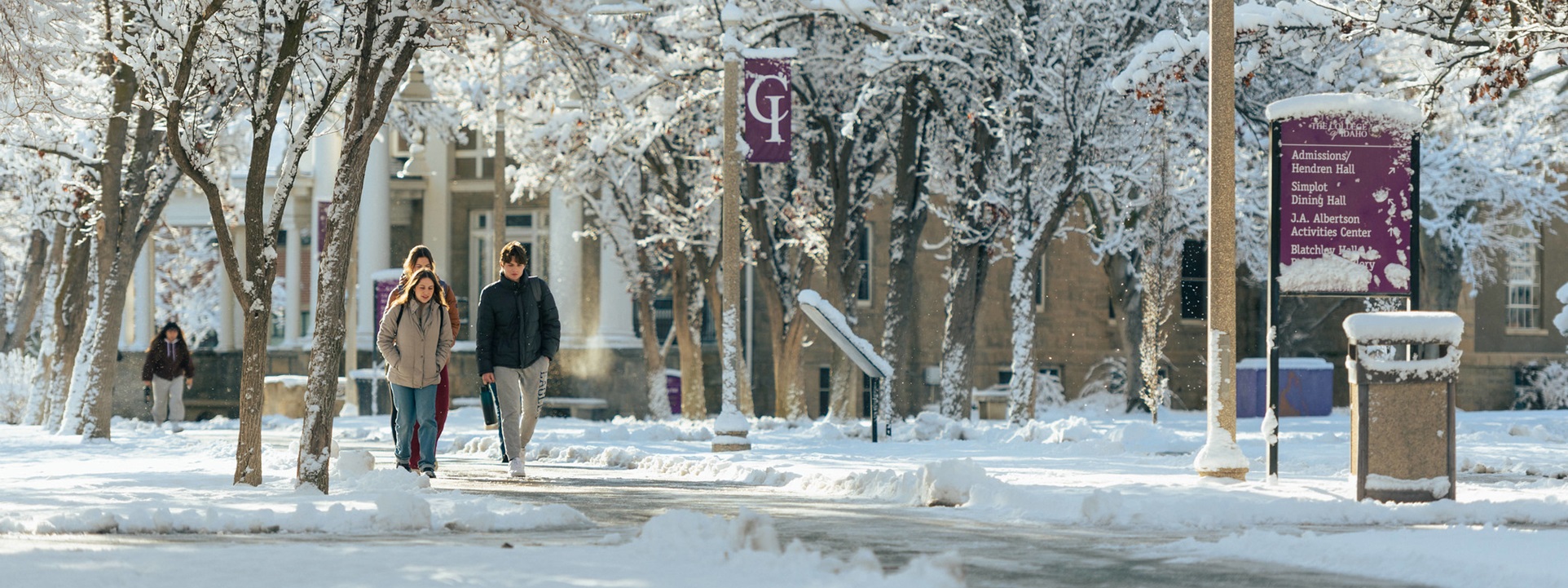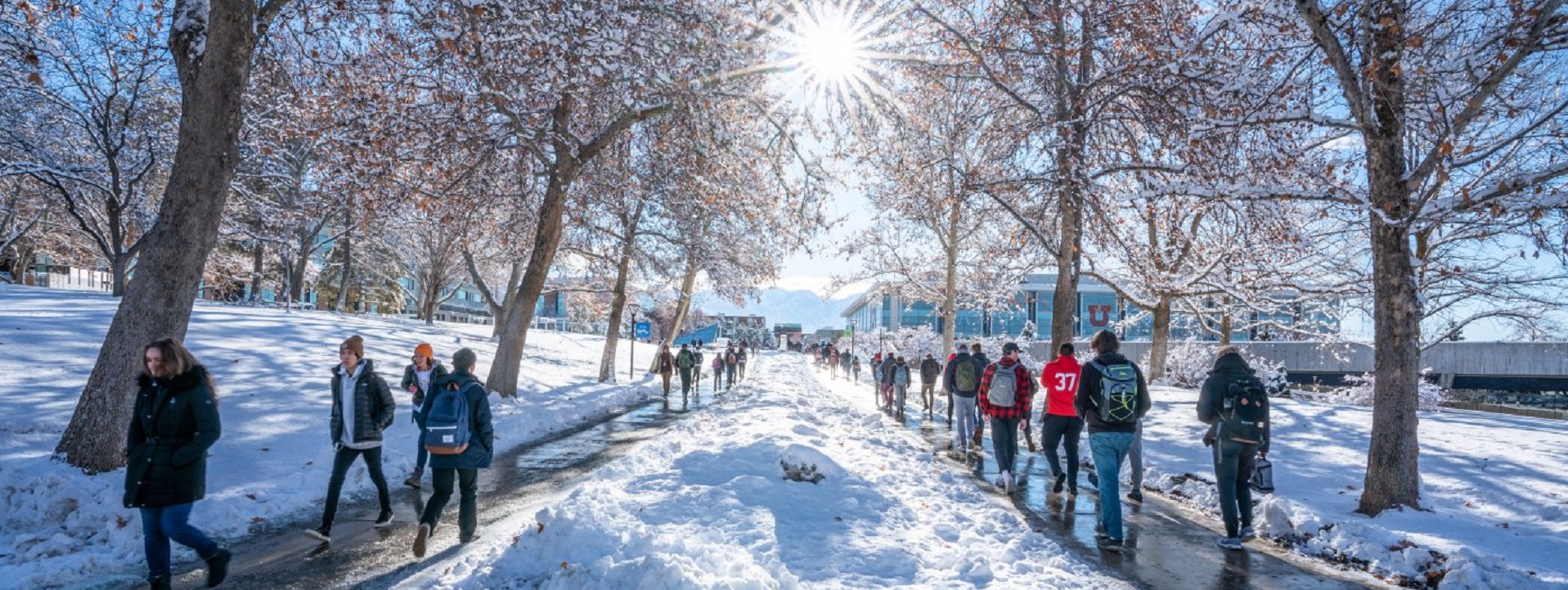ALWAYS OPEN
Farmer’s Dinner Theatre
This is as much educational outreach program as it is light entertainment. Developed by Deborah Reed, a professor emeritus in the UK College of Nursing, it combines a free community meal with short theatrical performances to promote farm safety, occupational health, and mental health awareness among rural Kentucky farmers and their families.
WSRN 91.5 FM
The oldest student-run radio station in the United States is believed to be WSRN-FM, which is located at Swarthmore College in Swarthmore, Pennsylvania. WSRN-FM was first launched in 1948 and has been entirely operated by students since its inception.
Conan O’Brian
"You’re being co-opted because you’re so angry. You’ve been lulled. It’s like a siren leading you into the rocks. You’ve been lulled into just saying ‘F Trump. F Trump. F Trump. Screw this guy.’ And I think you’ve now put down your best weapon, which is being funny, and you’ve exchanged it for anger... if you’re just screaming and you’re just angry, you’ve lost your best tool in the toolbox...”
Quadrivium: Winter
Educational settlements should be magical places. The stack informing the beauty of these "cities-within-cities" changes 100 to 1000 times per day globally. Titles are time-sensitive, copyright protected and land in public law. We monitor the action continuously to formulate response to public consultations. Topics appear on our CALENDAR and explored every day at 16:00 UTC. Recommend refresh of this web page once or twice to see timeliest information.
Winter Sport
Today we review the status of technical standards for designing, building and maintaining facilities for very competitive sport and less competitive recreational activity. Use the login credentials at the upper right of our home page.
Curlin’
Lore and technical specifics of building and maintaining an indoor Sheet Show in Scotland.
Ice Hockey Arena Lighting
Athletic programs form a large part of the brand identity and community spirit for most educational institutions. Our focus has been on technology standards that govern the safety, performance and sustainability of these enterprises; electro-technology in particular. Field lighting supports the commercial enterprise but we also advocate #TotalCostofOwnership concepts for the reliability of power systems for video board mass notification and egress.
Current Issues & Recent Research
We examine the proposals for the 2028 National Electrical Safety Code; including our own. Public comment on proposed changes will be received until March 24th. The 2026 National Electrical Code which has recently been released for public use (public input on the 2029 revision will be received until April 9, 2026).
Throwing Stones
Engineering students take a Newtonian Mechanics point of view: "There's a lot of science behind curling, including some that's actually not so well understood," says graduate student Nate Bailey, a member of the MIT Curling Club which welcomes newcomers to a winter sport of precision, or -- according to its partisans -- "Chess on Ice".












